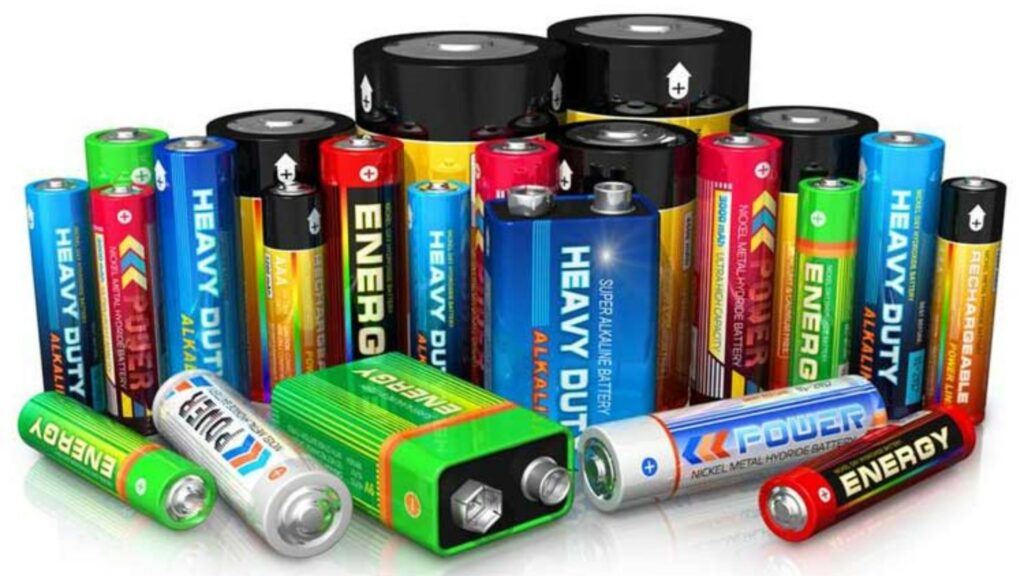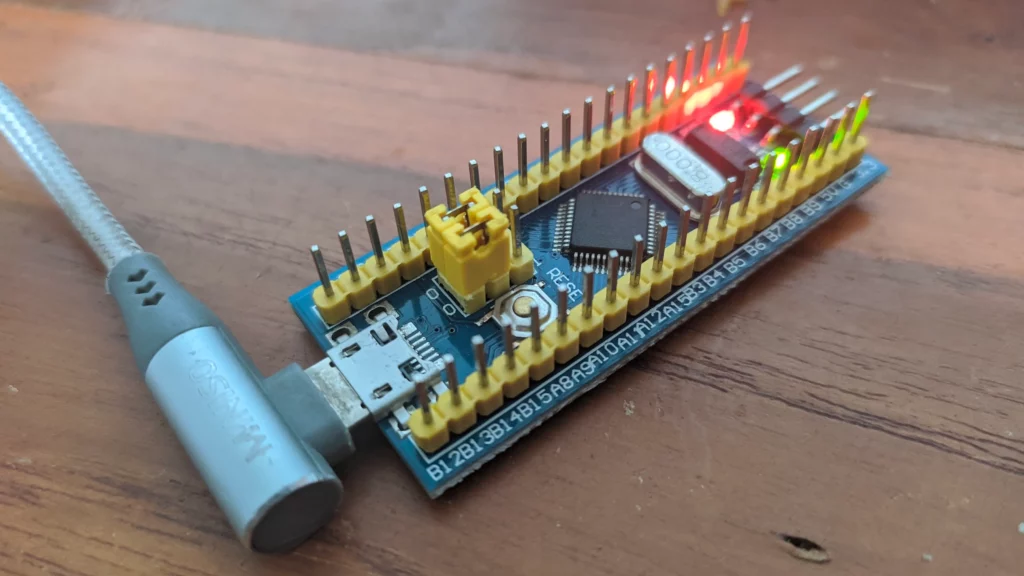Introduction
In today’s world, rechargeable batteries power a wide range of devices, from smartphones and laptops to power tools and electric vehicles. With so many different types of rechargeable batteries available, choosing the right one for your project can be a daunting task. In this comprehensive guide, we’ll explore the various types of rechargeable batteries, their characteristics, and their charging procedures. Whether you’re a hobbyist, a professional, or simply interested in understanding the world of rechargeable batteries, this article will provide you with the knowledge you need to make an informed decision.
Types of Rechargeable Batteries
There are several types of rechargeable batteries on the market, each with its own advantages and disadvantages. Here are some of the most common types:
1. Lead-Acid Batteries
Lead-acid batteries are one of the oldest and most widely used rechargeable battery technologies. They are commonly found in automobiles, motorcycles, and uninterruptible power supply (UPS) systems.
Pros:
- Low cost
- High power density
- Mature technology
Cons:
- Heavy and bulky
- Limited cycle life
- Contain hazardous materials
Charging Procedure:

- Connect the battery to the charger.
- The charger will deliver a constant current (typically between 10% and 30% of the battery’s capacity) until the battery reaches its full charge voltage.
- Once the full charge voltage is reached, the charger switches to a constant voltage mode to maintain the charge.
- The battery is considered fully charged when the current drops to a predetermined level (typically around 2-5% of the battery’s capacity).
2. Nickel-Cadmium (NiCd) Batteries
NiCd batteries were widely used in portable electronics and power tools before the advent of newer technologies. They are known for their robustness and ability to handle high discharge rates.
Pros:
- Long cycle life
- Good performance in extreme temperatures
- High discharge rate capability
Cons:
- Susceptible to memory effect (reduced capacity if not fully discharged before recharging)
- Contain toxic cadmium
- Lower energy density compared to newer technologies
Charging Procedure:
- Connect the battery to the charger.
- The charger delivers a constant current (typically between 0.1C and 0.3C, where C is the battery’s capacity) until the battery reaches its full charge voltage.
- Once the full charge voltage is reached, the charger switches to a trickle charge mode to maintain the charge.
- The battery is considered fully charged when the voltage and temperature stabilize.
3. Nickel-Metal Hydride (NiMH) Batteries
NiMH batteries are a more environmentally friendly alternative to NiCd batteries. They offer higher energy density and do not suffer from the memory effect.
Pros:
- Higher energy density than NiCd batteries
- No memory effect
- Environmentally friendly
Cons:
- Higher self-discharge rate than NiCd batteries
- Limited cycle life compared to lithium-ion batteries
- Susceptible to high-temperature degradation
Charging Procedure:
- Connect the battery to the charger.
- The charger delivers a constant current (typically between 0.5C and 1C) until the battery reaches its full charge voltage.
- Once the full charge voltage is reached, the charger switches to a trickle charge mode or a pulsed charge mode to maintain the charge.
- The battery is considered fully charged when the voltage and temperature stabilize.
4. Lithium-Ion (Li-ion) Batteries
Li-ion batteries are the most popular type of rechargeable batteries today, powering a wide range of devices, from smartphones and laptops to electric vehicles.
Pros:
- High energy density
- Low self-discharge rate
- Long cycle life
- No memory effect
Cons:
- Requires protection circuit to prevent overcharging and over-discharging
- Susceptible to aging and degradation over time
- Potential safety concerns if not handled properly
Charging Procedure:
- Connect the battery to the charger.
- The charger delivers a constant current (typically between 0.5C and 1C) until the battery reaches around 70-80% of its capacity.
- Once the battery reaches the specified voltage threshold, the charger switches to a constant voltage mode to complete the charge.
- The battery is considered fully charged when the current drops to a predetermined level (typically around 0.02C to 0.07C).
5. Lithium-Ion Polymer (Li-Po) Batteries
Li-Po batteries are a variation of Li-ion batteries that use a polymer electrolyte instead of a liquid electrolyte. They are commonly used in remote-controlled models, drones, and other compact devices.
Pros:
- High energy density
- Lightweight and flexible form factors
- No memory effect
Cons:
- Susceptible to swelling and degradation over time
- Requires protection circuit to prevent overcharging and over-discharging
- Potential safety concerns if not handled properly
Charging Procedure:
- Connect the battery to the charger.
- The charger delivers a constant current (typically between 0.5C and 1C) until the battery reaches around 70-80% of its capacity.
- Once the battery reaches the specified voltage threshold, the charger switches to a constant voltage mode to complete the charge.
- The battery is considered fully charged when the current drops to a predetermined level (typically around 0.02C to 0.07C).
Choosing the Right Battery for Your Project
When selecting a rechargeable battery for your project, consider the following factors:
- Power Requirements: Evaluate the power demands of your device or application. Determine the required voltage, current, and capacity to ensure the battery can meet your needs.
- Size and Weight Constraints: Consider the available space and weight restrictions for your project. Compact devices may require smaller and lighter batteries, while larger applications can accommodate heavier batteries.
- Operating Environment: Different battery types perform better in different temperature ranges. Choose a battery that can withstand the expected operating conditions.
- Cycle Life and Self-Discharge Rate: Consider the expected usage pattern and determine how important factors like cycle life and self-discharge rate are for your application.
- Cost and Availability: Factor in the cost of the battery and its charger, as well as the availability and ease of procurement.
- Safety Considerations: Ensure that the battery you choose meets the necessary safety standards and regulations, especially for applications involving high power or critical systems.
Charging Procedure Guidelines

Proper charging is crucial for maximizing the lifespan and performance of your rechargeable batteries. Here are some general guidelines to follow:
- Use Appropriate Chargers: Always use the recommended charger for your specific battery type and model. Using an incompatible charger can damage the battery or pose safety risks.
- Follow Manufacturer Instructions: Consult the manufacturer’s instructions for specific charging rates, voltages, and procedures for your battery.
- Avoid Overcharging: Overcharging can damage the battery and potentially cause safety hazards. Most modern chargers have built-in protection against overcharging, but it’s still essential to follow the recommended charging times.
- Charge at Appropriate Temperatures: Charging at extreme temperatures (too hot or too cold) can degrade the battery’s performance and lifespan. Refer to the manufacturer’s recommended temperature range for charging.
- Remove Batteries from Chargers: Once the battery is fully charged, remove it from the charger to prevent overcharging and potential damage.
- Perform Periodic Maintenance Charges: For batteries that are not in regular use, perform periodic maintenance charges to prevent excessive self-discharge and degradation.
- Consider Battery Management Systems (BMS): For high-power applications or critical systems, consider incorporating a BMS to monitor and protect the battery from overcharging, over-discharging, and other potential issues.
Frequently Asked Questions (FAQ)
- Can I mix different types of rechargeable batteries in the same device or application? No, it’s generally not recommended to mix different types of rechargeable batteries in the same device or application. Each battery type has its own specific charging requirements, and mixing them can lead to improper charging, reduced performance, and potential safety hazards.
- How often should I replace my rechargeable batteries? The lifespan of a rechargeable battery depends on various factors, such as the battery type, usage patterns, charging habits, and operating conditions. Most manufacturers recommend replacing the battery when its capacity drops to around 70-80% of its original capacity. However, it’s always a good idea to consult the manufacturer’s recommendations for your specific battery model.
- Can I overcharge my rechargeable batteries? Overcharging can damage rechargeable batteries and potentially pose safety risks. Most modern chargers have built-in protection against overcharging, but it’s still important to follow the recommended charging times and remove the battery from the charger once it’s fully charged.
- Is it better to fully discharge my rechargeable batteries before recharging them? For most modern rechargeable battery types, such as Li-ion and Li-Po, it’s generally not necessary to fully discharge them before recharging. However, for older technologies like NiCd batteries, it’s recommended to fully discharge them periodically to avoid the memory effect. Always consult the manufacturer’s recommendations for your specific battery type.
- Can I charge my rechargeable batteries at any temperature? No, charging at extreme temperatures (too hot or too cold) can degrade the battery’s performance and lifespan. Most manufacturers provide a recommended temperature range for charging their batteries. Follow these guidelines to ensure optimal performance and longevity.
Conclusion
Choosing the right rechargeable battery for your project is crucial for ensuring optimal performance, safety, and cost-effectiveness. By understanding the different types of rechargeable batteries, their characteristics, and their charging procedures, you can make an informed decision that meets the specific requirements of your application.
Remember to consider factors such as power requirements, size and weight constraints, operating environment, cycle life, self-discharge rate, cost, and safety considerations. Additionally, always follow the manufacturer’s instructions for charging and maintenance to maximize the lifespan and performance of your rechargeable batteries.
With the knowledge gained from this comprehensive guide, you’re now equipped to select the best rechargeable battery for your project and ensure its proper charging and maintenance.





